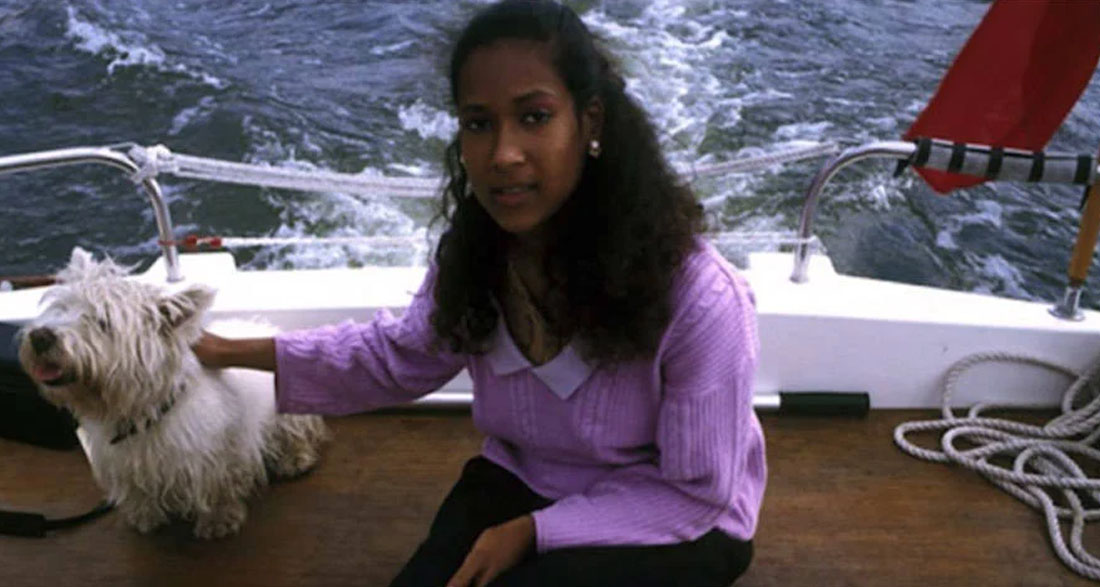The Silent Story of Joyce Carol Vincent
In a quiet apartment in London, a heartbreaking story unfolded, hidden from the world for two long years. Joyce Carol Vincent, a woman with a mysterious past, passed away alone in her Sky City flat in Wood Green in 2004.
It wasn’t until January 2006 that anyone discovered her remains, creating a haunting picture of a life that had stopped, surrounded by the untouched pieces of her existence.
Joyce Vincent: Echoes of Silence

When officials from the Metropolitan Housing Trust entered Joyce’s apartment, they were met with a shocking sight. Joyce was found lying on the floor, her body reduced to a skeletal state, clutching a shopping bag as if it were a lifeline.
She was facing her television, a sign that she had spent her last days in complete solitude. It was as if time had paused in her little world, leaving her surrounded by the echoes of her life.
Filmmaker Carol Morley took a deep dive into Joyce’s life and tragic end in her documentary, Dreams of a Life. She uncovered layers of mystery and complexity that painted a vivid picture of who Joyce once was. Once full of life and sociable, Joyce had slowly drifted away from her family and friends.
Her home, filled with memories and reminders of a happier time, also bore the marks of her isolation and pain. Friends who remembered her noted that Joyce had likely suffered through at least one abusive relationship, which may have pushed her deeper into loneliness.
“She was such a vibrant person,” one friend recalled. “It’s hard to believe she ended up like this.”
Sky City, the high-rise building where Joyce lived, was a bustling place, filled with life and activity. Yet, for Joyce, it became a refuge from the world. Her apartment, once a lively space, turned into a quiet testament to her silent struggles.
Even as the city around her buzzed with energy, Joyce found herself increasingly alone, her isolation taking a heavy toll on her spirit.
Reflections on Urban Isolation
The tragic story of Joyce Vincent’s death forces us to confront some tough realities about our society: how easily someone can be forgotten, how quickly a person can disappear, and what remains after they are gone.
In a world filled with “instant communication” and social media, the importance of real human connection becomes painfully clear. Joyce’s story serves as a reminder of the need to reach out to those who might be “starting to live in shadow,” to offer a helping hand to those drifting in a sea of indifference.
Instead of mourning Joyce’s passing in silence, we should honor her memory by creating communities filled with empathy and compassion. Her life and death can inspire us to be more aware of those around us, to listen, and to connect. As one advocate for mental health put it, “We must be the voices for those who feel they have none.”
May Joyce’s story shine as a “beacon of hope,” guiding us toward a brighter, more inclusive future for anyone who feels isolated or alone. Together, we can build a world where no one has to face their struggles in silence.
What do you think of this story? Share your thoughts in the comments below!

